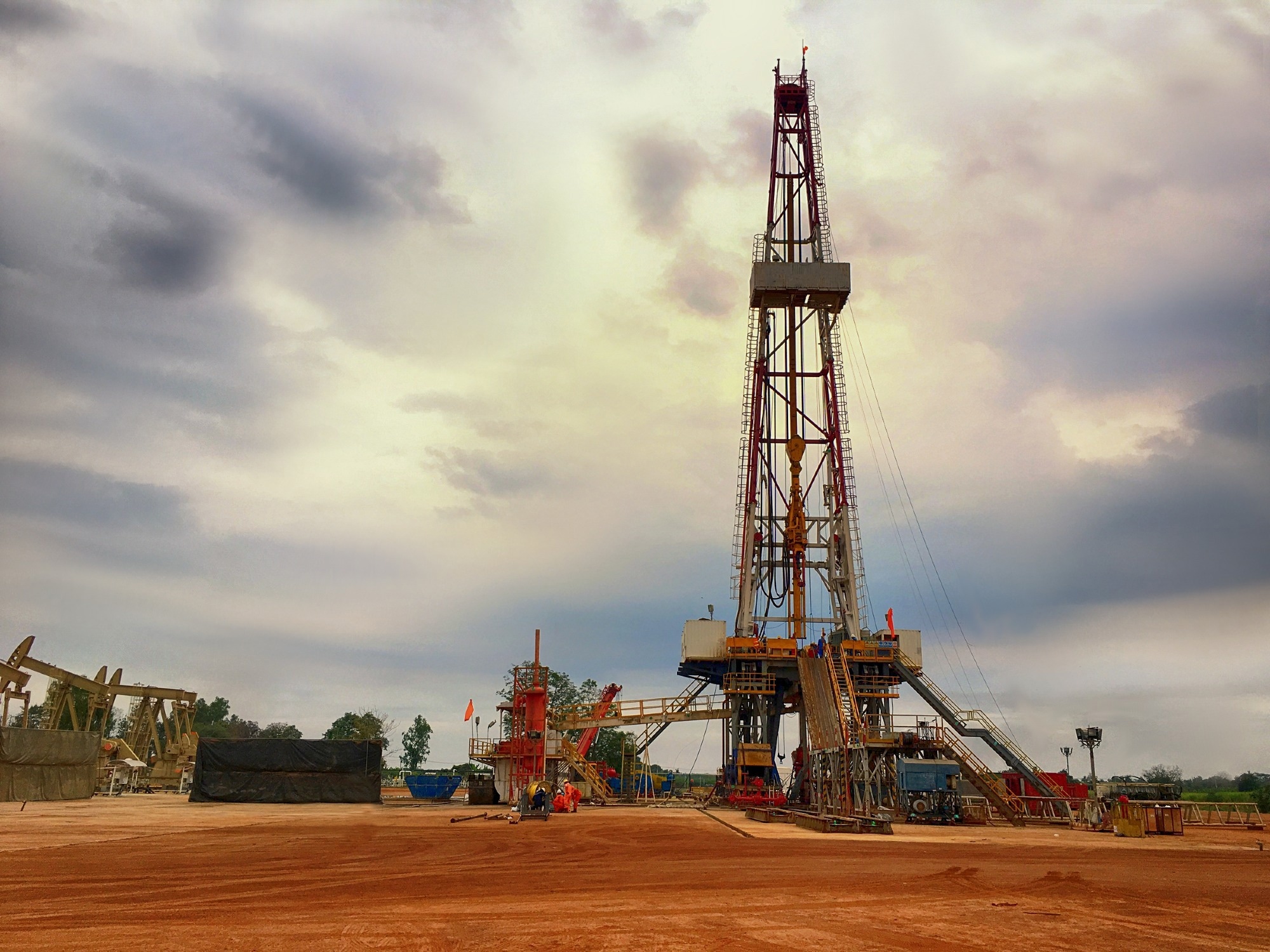Scientists have developed a new method using Raman spectroscopy and machine learning to estimate organic maturity in rocks, crucial for oil exploration where traditional tests fail.

Image Credit: BalLi8Tic/Shutterstock.com
Understanding how mature the organic matter is within sedimentary rocks helps geoscientists to assess whether a formation has generated hydrocarbons. Traditionally, this is done by measuring vitrinite reflectance (%Ro), an optical technique that gauges the thermal history of organic material.
But this method doesn’t work everywhere. In carbonate-rich formations, such as Brazil’s pre-salt Santos Basin, vitrinite is often absent or poorly preserved, making %Ro measurements unreliable or impossible. In these cases, alternative ways to infer thermal maturity are urgently needed.
Raman Spectroscopy Offers Clarity
Raman spectroscopy, a technique that uses laser light to measure molecular vibrations, has become increasingly helpful in studying carbon-rich materials. It can detect subtle structural changes in organic matter, such as increasing aromaticity and ordering, which correlate with thermal evolution.
The new study, published in ACS Earth and Space Chemistry, combines Raman spectral data with machine learning to estimate a vitrinite-equivalent maturity value, called %RRaman, even when vitrinite itself isn’t available.
Building a Model With Machine Learning
The researchers began by analysing standard vitrinite samples with known %Ro values, using lasers at two different wavelengths (532 nm and 632.8 nm) to collect Raman spectra. These spectra were then processed using a consistent workflow: smoothing via the Savitzky-Golay method, baseline correction, normalization, and deconvolution of key peaks, particularly the D and G bands associated with carbon structures.
They then trained a Least Absolute Shrinkage and Selection Operator (LASSO) regression model, a machine learning algorithm that automatically identifies the most relevant variables to correlate spectral features with %Ro.
Once calibrated, the model was applied to organic-rich carbonate rocks from the Santos Basin. These rocks, which lack suitable vitrinite, served as a test case for predicting thermal maturity based on % Raman.
Results Match Rock-Eval Thermal Indicators
The spectral analysis revealed clear trends: as maturity increased, the area ratio between the D and G bands decreased, indicating higher aromaticity and structural ordering in the carbon material. These changes are consistent with those observed in other thermally evolving carbon systems, such as disordered nanostructures and graphitizing carbon.
The machine learning model accurately predicted %RRaman values, which closely matched independent thermal maturity indicators, including Tmax and hydrogen index (HI) from Rock-Eval pyrolysis. This correlation confirms the approach can reliably estimate maturity, even in samples where traditional optical methods fail.
Reliable, Reproducible, and Field-Ready
The success of this method lies in its ability to extract meaningful maturity indicators from complex Raman spectra, something not easily achieved without advanced data analysis. By automating feature selection, the LASSO algorithm offers a reproducible and objective approach that avoids user bias.
The researchers found that the spectral parameters identified by the model captured essential structural features of the organic matter. This makes the system well-suited for high-throughput applications and potential field deployment in exploration campaigns.
The study also noted that the organic matter in the analysed carbonate rocks was at an early to mid-maturity stage, consistent with early oil generation. This level of insight is key to evaluating the hydrocarbon potential of pre-salt formations.
A Valuable Tool for Complex Formations
The new Raman-based method offers a reliable, non-destructive alternative for assessing thermal maturity, particularly in geologically complex settings. It opens new possibilities for evaluating organic matter in rocks where conventional techniques are ineffective.
By bridging spectroscopy and machine learning, this research mirrors broader trends in materials science, where data-driven tools are increasingly used to predict structural evolution, phase behaviour, and thermal history.
Download your PDF copy now!
Conclusion
This study demonstrates that combining Raman spectroscopy with machine learning provides a powerful tool for estimating organic maturity in sedimentary rocks. The technique successfully produces vitrinite-equivalent reflectance values (%RRaman) that match traditional and pyrolytic indicators, making it especially useful in carbonate-rich or vitrinite-poor settings.
As hydrocarbon exploration moves into more geologically complex regions, this integrated approach could play a key role in assessing reservoir quality and thermal evolution with greater accuracy and efficiency.
Journal Reference
Almeida Carvalho, A. M., et al. (2025). Raman Spectroscopy Integrated with Machine Learning as a Tool for Maturity Assessment of Organic Matter. ACS Earth and Space Chemistry. DOI: 10.1021/acsearthspacechem.5c00068, https://pubs.acs.org/doi/full/10.1021/acsearthspacechem.5c00068